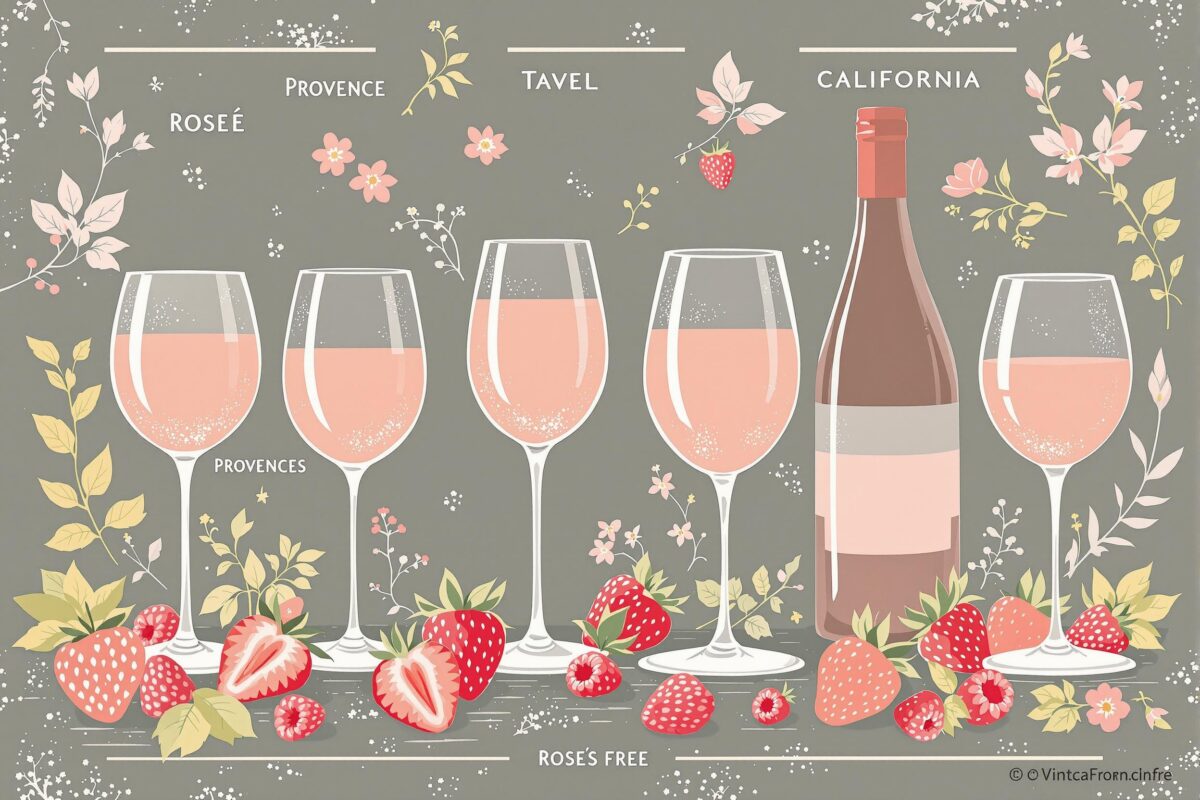The Evolution and Global Impact of Rosé Wines
Rosé, no longer a wine-world wallflower, has blossomed into a global sensation. This vibrant pink drink has evolved from simple summer refreshment to a sophisticated, diverse category, captivating palates everywhere. Its journey mirrors changing consumer tastes, innovative production methods, and a growing appreciation for its culinary versatility. Rosé now commands a significant share of the global wine market. Its bright acidity and lively fruit notes—think strawberries and raspberries—appeal to a wide range of wine lovers. From historic origins to current trends, rosé stands as a testament to the wine industry’s dynamism and our ever-evolving tastes. What fuels this pink passion?
Trend Analysis: Global Market Insights and Consumer Preferences
The global rosé market shows robust growth, fueled by shifting consumer preferences and evolving perceptions. Rosé isn’t just for summer anymore; it’s a year-round choice, enjoyed in various settings. Wine trends reveal a significant rise in rosé consumption across demographics, especially among younger drinkers drawn to its approachable style and refreshing qualities. Provence rosé, known for its dry, pale, elegant profile, continues to set the standard, influencing global production styles. But consumer demand is diversifying, with growing interest in regional variations and unique expressions. Market analysis shows rising demand for drier styles and premium rosés, reflecting a discerning consumer base seeking quality and complexity. Social media and lifestyle influencers amplify this trend, boosting rosé’s widespread appeal and sustained growth. Is Provence still the gold standard, or are other regions catching up?
Deep Dive: Exploring Regional Variations in Rosé Wines
Beyond Provence’s influence, the rosé world is a vibrant tapestry of regional variations, each expressing unique terroir, grape varietals, and winemaking traditions. Exploring these nuances reveals the category’s remarkable diversity. Tavel rosé, from the Rhône Valley, shows a deeper hue and a more robust, structured profile than Provence rosé, often showcasing spicy, savory notes. Spanish rosados, especially from Navarra and Rioja, tend to be fruit-forward and vibrant, reflecting the warm climate and local grapes. Italian rosato varies significantly from north to south, ranging from light and crisp to fuller-bodied and aromatic. New World regions like California and Oregon are crafting distinctive styles, often emphasizing fruit intensity and experimenting with different grape blends. Rosé is not monolithic but a spectrum of styles, each with unique character and appeal. Understanding these regional nuances enriches appreciation for rosé’s complexity and versatility, moving beyond a single stylistic expectation. Which region offers the most exciting rosé expressions?
Sustainability Spotlight: Biodynamic and Eco-Conscious Rosé Practices
Sustainability is increasingly vital in rosé production, with more producers adopting biodynamic and eco-conscious practices. This reflects a broader industry shift towards environmental responsibility and consumer demand for sustainably crafted wines. Biodynamic rosé production takes a holistic approach, emphasizing soil health, biodiversity, and minimal intervention. Organic farming, which bans synthetic pesticides and herbicides, is also gaining traction. Eco-conscious wineries are implementing measures to reduce their environmental footprint, including water conservation, energy efficiency, and waste reduction. Sustainable practices not only benefit the environment but also can enhance wine quality, as healthy vineyards and balanced ecosystems contribute to more expressive, terroir-driven wines. Consumers increasingly seek biodynamic and sustainably produced rosé, demonstrating willingness to support environmentally responsible producers. This trend drives innovation and investment in sustainable methods, shaping the industry’s future. How important is sustainability to rosé drinkers?
Culinary Explorations: Innovative Pairings and Unexpected Matches
Rosé pairing goes far beyond summer fare, offering exciting culinary explorations and unexpected matches across diverse cuisines and flavors. While often linked with light salads and grilled seafood, rosé’s versatility allows pairings with richer dishes and bolder flavors. Fuller-bodied rosés complement grilled meats, spicy Asian cuisine, and even certain cheeses. Rosé’s acidity and fruitiness offer an excellent counterpoint to rich, creamy dishes, cutting through fattiness and refreshing the palate. Experimenting with rosé pairing unlocks new culinary dimensions, revealing unexpected harmonies. Consider pairing a dry Provence rosé with Niçoise salad or grilled shrimp, or a Tavel rosé with Moroccan tagine or roasted lamb. Rosé’s ability to bridge the gap between white and red wines makes it remarkably food-friendly, encouraging adventurous pairings. What are some surprising rosé and food combinations?
Interactive Essentials: Infographics on Wine Styles or Regional Flavor Profiles
Interactive infographics are valuable tools for visualizing rosé wine styles and regional flavor profiles, enhancing understanding and appreciation. They effectively communicate complex information in an engaging, accessible format, making it easier to navigate the diverse rosé world. Visual representations of styles, categorized by color, sweetness, body, and aroma, help consumers identify preferences and explore different options. Regional flavor profile infographics can highlight characteristic aromas and tastes associated with various regions, like Provence, Tavel, and California. Interactive maps can showcase global rosé regions, providing geographical context and highlighting key characteristics. These visuals are particularly beneficial for online platforms, enhancing customer experience and providing valuable resources for wine education and discovery. Infographics can be integrated into product pages, blog posts, and social media content, making information readily accessible and engaging. How can infographics enhance the rosé experience?
The rosé revolution is undeniable, transforming pink wine from niche to global phenomenon. From benchmark Provence rosé to diverse regional expressions and the rise of biodynamic production, the rosé world is dynamic and evolving. Its versatility extends beyond summer, offering year-round culinary pairings and unexpected matches. As rosé’s popularity continues to surge, exploring its nuances is more rewarding than ever.
